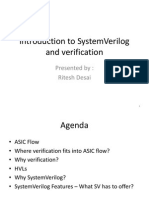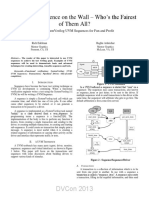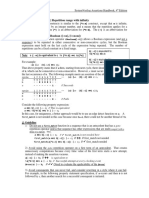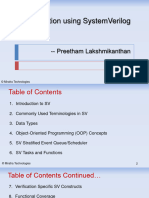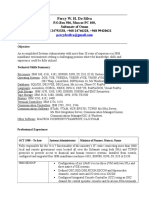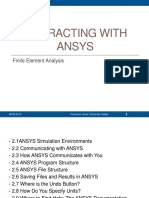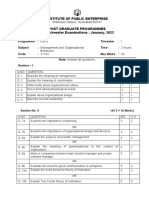0% found this document useful (0 votes)
312 views51 pagesSystem Verilog OOP
This document provides an overview of basic object-oriented programming (OOP) topics in SystemVerilog, including:
- Classes allow data to be strongly coupled with code that manipulates it and facilitates code reuse through inheritance and polymorphism.
- Classes define properties (variables) and methods (tasks and functions) while objects are instances of classes created using handles.
- Custom constructors can be used to initialize class properties and provide flexibility by passing arguments.
- Methods and properties of objects are accessed using the handle and "." notation. Objects can be explicitly deallocated using null.
Uploaded by
shazarul bappiCopyright
© © All Rights Reserved
We take content rights seriously. If you suspect this is your content, claim it here.
Available Formats
Download as PDF, TXT or read online on Scribd
0% found this document useful (0 votes)
312 views51 pagesSystem Verilog OOP
This document provides an overview of basic object-oriented programming (OOP) topics in SystemVerilog, including:
- Classes allow data to be strongly coupled with code that manipulates it and facilitates code reuse through inheritance and polymorphism.
- Classes define properties (variables) and methods (tasks and functions) while objects are instances of classes created using handles.
- Custom constructors can be used to initialize class properties and provide flexibility by passing arguments.
- Methods and properties of objects are accessed using the handle and "." notation. Objects can be explicitly deallocated using null.
Uploaded by
shazarul bappiCopyright
© © All Rights Reserved
We take content rights seriously. If you suspect this is your content, claim it here.
Available Formats
Download as PDF, TXT or read online on Scribd
/ 51























